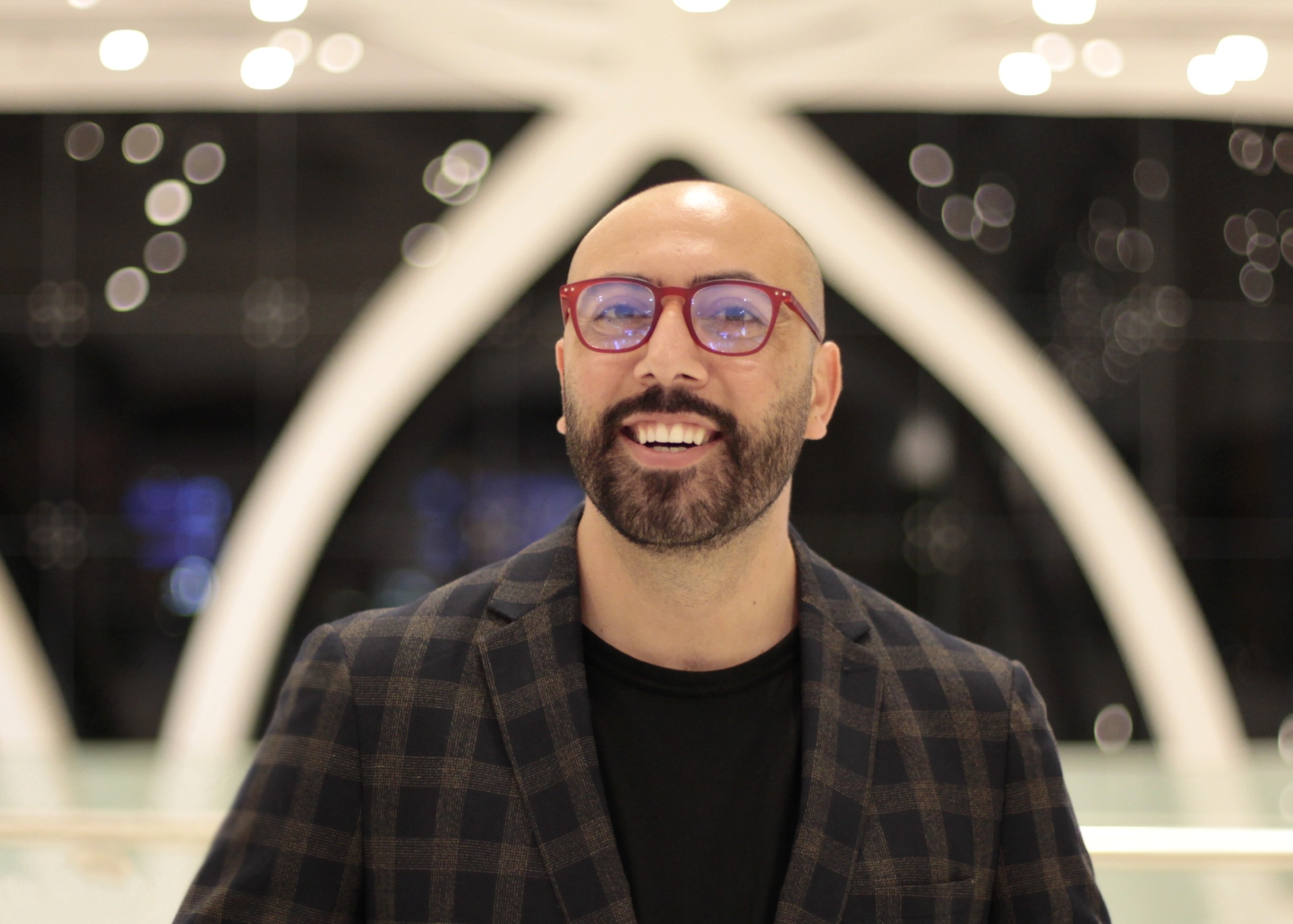Education minister Ellen Trane Nørby held a meeting with educational experts and children’s organizations on Tuesday in connection with the government’s anti-bullying efforts in schools.
Read more: Venstre wants bullies, and their parents, to pay
A recent report on the situation has revealed that while the number of children being bullied in Danish schools has decreased significantly, one in five is still targeted.
‘The extent of bullying has declined, and that’s certainly positive – but when one in five students still feels bullied, there is a long way to go,” she said to Jyllands-Posten.
Increased awareness
The report revealed that while the number of children being bullied is down across the board, it is especially children in the 4th, 5th and 6th grades that are being bullied less.
The minister is of the belief that an increased level of awareness about the dangers of bullying – sometimes fatal – is to thank for the heartening news. However, there is still a long way to go in determining the root cause behind the culture of bullies and bullying.
Read more: More children being driven to thoughts of suicide by bullying
“We need to learn more about the culture that breeds bullying. It’s all about avoiding unsafe environments which can lead some children to feel it necessary to bully to assert themselves.”
Lost in translation
One of the more interesting findings about the culture of bullying was recently made by PhD student Jalal El Derbas, who found that the mother tongue of children – generally, Arabic – is being used on playgrounds as a tool to demean other children.
However, experts assert that the problem is not what language is being used, but why bullying starts.
“It is important to emphasize that it is not the language – here Arabic – that is the problem, but rather the whole culture of the class,” said Lars Netteberg, senior consultant with Save the Children.
“The language is only a tool, and it is the underlying culture (of bullying) that needs to be addressed if the problem is to be solved.”














